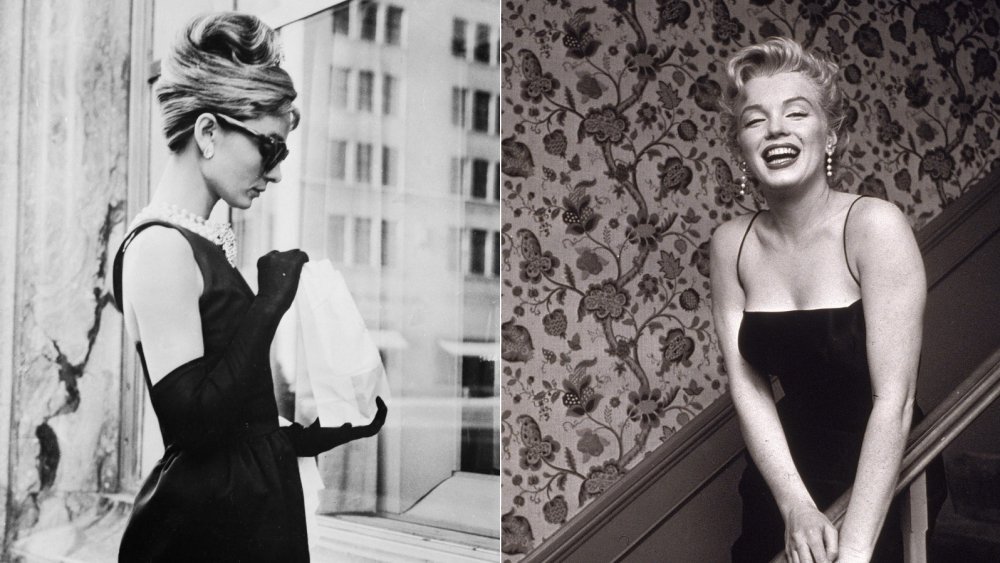Here's How Coco Chanel Created The Little Black Dress
In 1931, The New Yorker wrote up a profile of Coco Chanel, a designer couldn't draw and preferred not to sew. Instead, she would describe her artistic vision to someone who would make a rough draft for her. This draft, said The New Yorker, "Chanel invariably finds all wrong." Chanel had a habit of skipping paper and cutting tables and making her drafts directly on a mannequin. A look might go through thirty different versions before the fashion legend finally settled on the contours that she was looking for. While we don't know for sure, that may be how many versions it took for Chanel to finalize the iconic little black dress. We do know that in October 1926, the dress showed up on the cover of Vogue Magazine and changed the world of fashion forever.
The designer didn't just create fashion; Chanel loved to socialize with figures just as influential as she was (via The New York Times). She ran with the likes of Winston Churchill and Pablo Picasso. ("He painted her portrait," wrote The New Yorker, but "either he forgot to give it to her or she forgot to fetch it.") And, undoubtedly, Chanel knew how to drink champagne — "I only drink Champagne on two occasions, when I am in love and when I am not," she once said (via Harper's Bazaar). But what she liked most was to work. The New Yorker wrote that Coco Chanel designed 400 pieces two times a year, for her February and August collections. Other than working, the piece concluded, "her next preference is for doing nothing."
Chanel's inspiration for her little black dress came from an unfortunate childhood
You've undoubtedly seen pictures of Princess Diana shining in a little black dress — or as the media calls it her "revenge dress" — at a 1994 Vanity Fair party on the same evening that her ex-husband, Prince Charles, admitted to cheating on public TV (via FQ). You've also probably seen a version on Marilyn Monroe, and of course, Audrey Hepburn.
Coco Chanel may have made little black dresses into haute couture, but she was almost certainly inspired by poverty when she designed the first one. Chanel was raised by Catholic nuns in an orphanage after her unwed mother died (via Time). Her childhood became fodder for her fashion. She invented, observed Time in 1951, "the genre panvre, or poor look," creating "a simple dress based on a sailor tricot," using ditch digger's scarves mechanic's shirts, and a waitress' uniforms.
As the Atlantic later pointed out, in the world of poor, early 20th century Paris, little black dresses were nothing new. They were the mandatory uniforms for working-class women that Coco Chanel had grown up with. Chanel was just astute enough to monetize the look. "It was a dress" concluded the Atlantic, "reserved exclusively for those who could 'afford' to look poor by pretending that they simply couldn't be bothered with fashion."

